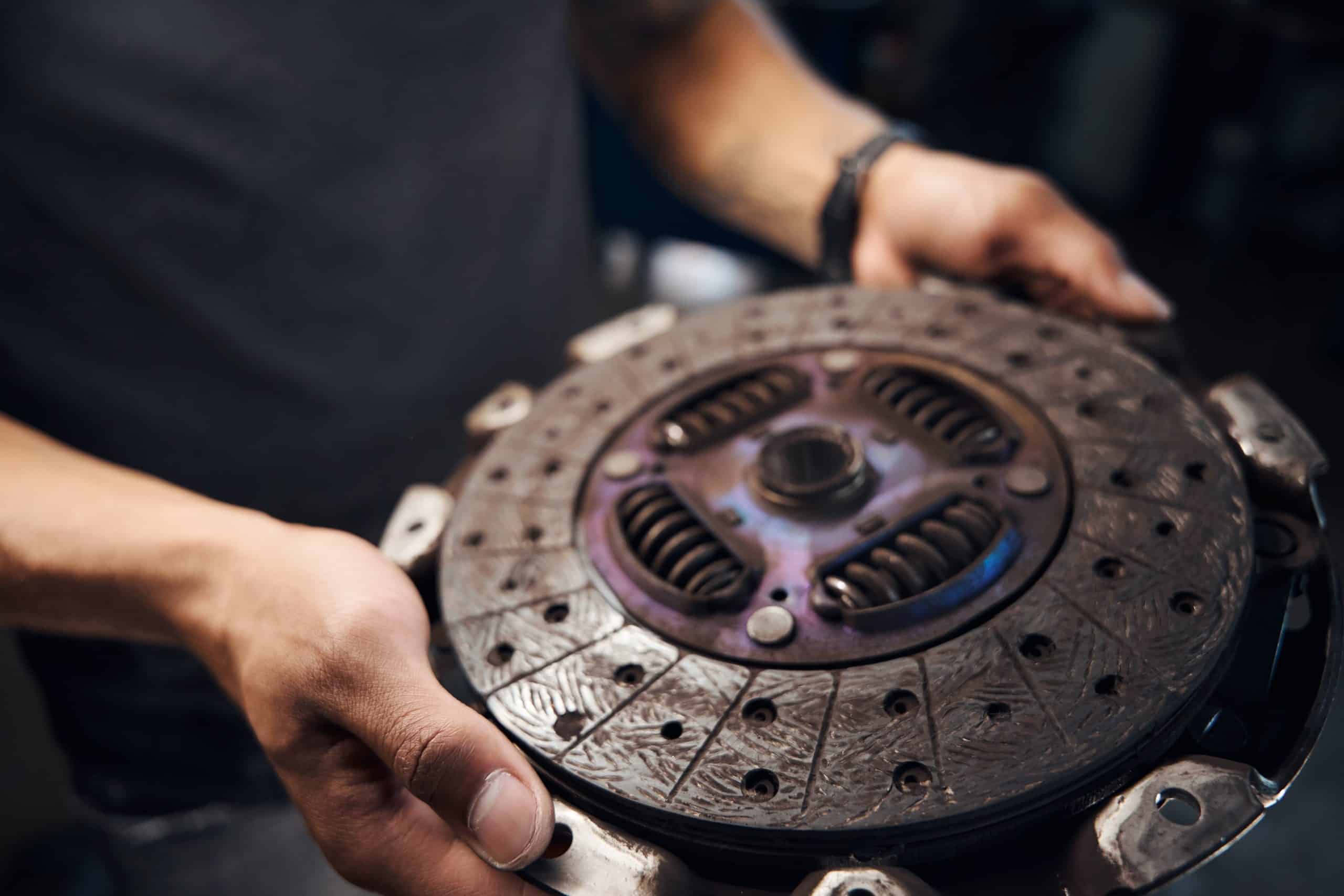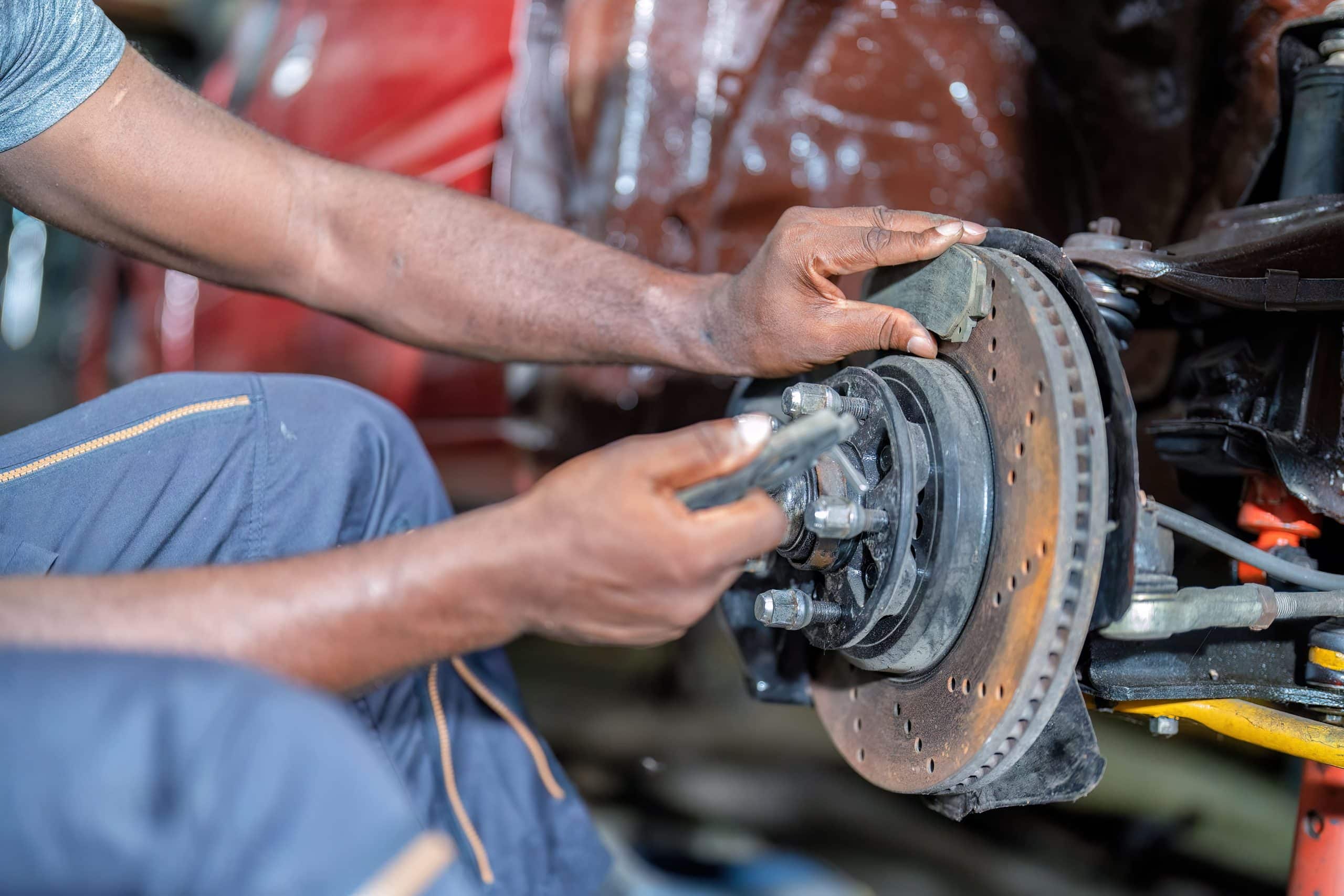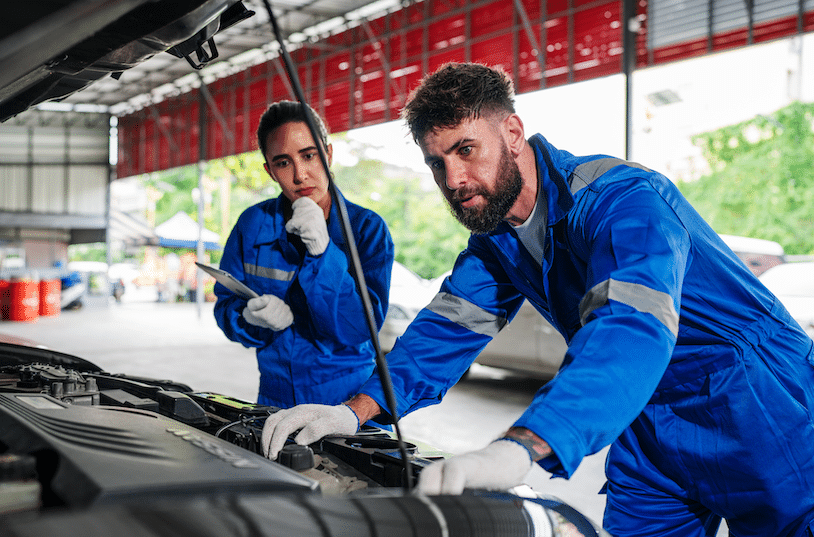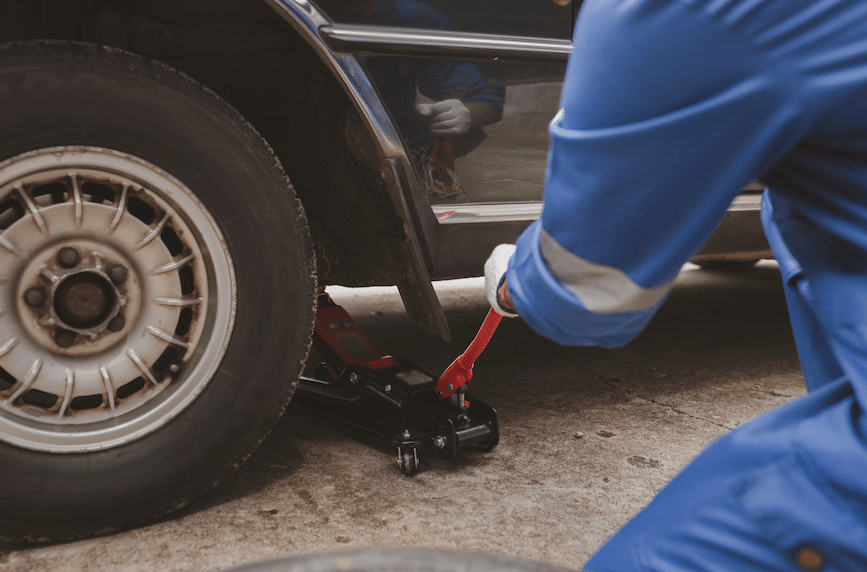Introduction: Beyond the Basic Beep Test
Let’s be honest – most of us think of the MOT as that annual ritual where we hand over our keys, cross our fingers, and pray we don’t get that dreaded phone call about “just a few things that need sorting.” But did you know that not all MOTs are created equal? That’s right – the test your family hatchback undergoes is quite different from what your local plumber’s van faces, or what your granddad’s vintage motorcycle has to endure.
The Motor Vehicle Test, to give it its Sunday name, comes in several flavours – or “classes” as they’re officially known. And while they all serve the same basic purpose (making sure your vehicle won’t spontaneously disintegrate on the M25), the specifics vary quite a bit.
So whether you’re a one-car household or running a small fleet, understanding these differences might save you time, money, and that particularly British form of embarrassment that comes from turning up at the wrong testing station. Let’s dive into the world of MOT classes – I promise it’s more interesting than it sounds.
Class 1 & 2: For the Two-Wheeled Brigade
If your idea of the perfect Sunday involves leather, the open road, and the distinctive rumble of an engine between your legs (steady on), then Classes 1 and 2 are for you.
Class 1 covers motorcycles (with or without sidecars) up to 200cc. Think of your typical learner bike or pizza delivery scooter.
Class 2 is for the bigger beasts – motorcycles over 200cc, with or without sidecars.
“Motorcycle MOTs are often a bit of a mystery to riders,” explains Dave Wilson, who’s been testing bikes in Sheffield for over 15 years. “Many bikers maintain their machines meticulously but still get caught out by test requirements.”
The test includes checks on:
- Lights and electrical equipment
- Steering and suspension
- Wheels and tyres
- Brakes
- Frame and bodywork
- Exhaust and emissions
The good news? Motorcycle MOTs are typically cheaper than car tests, usually ranging from £25-£30. The bad news? Finding a test centre that does Classes 1 and 2 can be trickier, as not all garages are equipped for them.
“Always check that a centre is approved for motorcycle testing before booking,” advises Wilson. “Nothing worse than turning up to find they only do cars.”
Class 3: The Forgotten Middle Child
Like the middle child in every family sitcom, Class 3 MOTs don’t get much attention. That’s because they’re for three-wheeled vehicles, which, unless you’re a fan of the Reliant Robin or have embraced the retro charm of a Piaggio Ape, you’re unlikely to encounter.
These quirky vehicles must weigh no more than 450kg (unladen) to qualify for this class. The test is similar to Classes 1 and 2 but with additional checks relevant to their unique construction.
If you are the proud owner of one of these distinctive vehicles, just make sure to find a test centre that specifically caters to Class 3 – they’re even rarer than those handling just motorcycles.
Class 4: The Common-or-Garden Variety
Now we’re talking. Class 4 is the bread and butter of the MOT world, covering:
- Cars
- Taxis (up to 8 passenger seats)
- Motorhomes (up to 3,000kg)
- Quads (if registered for road use)
- Private vans (up to 3,000kg)
- Dual-purpose vehicles
If you’re driving something with four wheels that isn’t absolutely massive, chances are it falls under Class 4. This is your standard MOT test that costs around £55 (though many places offer it for less), and you can find test centres for these on practically every industrial estate in the country.
“The Class 4 test has evolved significantly over the years,” notes Michelle Cooper, who manages a busy testing station in Manchester. “When I started in the industry, it was mainly about mechanical safety. Now we’re checking everything from emissions to electronic safety systems.”
The test includes approximately 20 different areas of inspection, from the obvious (brakes, tyres, lights) to the less obvious (warning lights, windscreen wipers, and even the horn). Since 2018, the test has gotten notably stricter on emissions, with diesel cars facing particularly rigorous scrutiny.
“The failure rate jumped when the new rules came in,” Cooper explains. “People were shocked to discover their relatively young diesel was failing on emissions. The standards are much tighter now.”
Class 5: For People Movers and Tiny Houses
Got a big family? Run a small taxi service? Live in your vehicle? Class 5 might be your MOT of choice.
This class covers:
- Private passenger vehicles and ambulances with more than 13 seats
- Playbuses (yes, that’s a thing)
- Private passenger vehicles and ambulances with 9-12 seats
Essentially, if your vehicle’s main purpose is moving lots of people around or you’ve converted it into a miniature home, it’s probably a Class 5.
“The main difference with Class 5 testing is the focus on passenger safety,” explains Raj Patel, who specialises in testing minibuses. “We’re checking things like emergency exits, passenger steps, and grab handles that you wouldn’t find in a normal car.”
Finding a Class 5 test centre requires a bit more legwork – they need special equipment and more space to accommodate larger vehicles. They’re also typically a bit pricier, with tests starting from around £60.
Class 7: Heavy Vans and Light Commercial Vehicles
If you’re running a business that involves moving stuff rather than people, Class 7 might be your domain. This covers:
- Goods vehicles between 3,000kg and 3,500kg Design Gross Weight (DGW)
In plain English, that’s your larger vans – think full-sized Ford Transits, Mercedes Sprinters, and their ilk.
“Class 7 vehicles tend to live harder lives than your average car,” observes Tony Fletcher, who tests commercial vehicles in Birmingham. “They’re often driven more miles, carry heavier loads, and sometimes maintenance gets pushed back when businesses are busy.”
The test standards are similar to Class 4, but with additional focus on:
- Load security features
- Tachograph calibration (where fitted)
- Speed limiters (where required)
If you’re a business owner with a fleet of vans, finding a good Class 7 test centre could save you significant downtime. Some offer early morning or late evening appointments specifically to accommodate commercial operators.
The Specialist Classes: 4A, 5A and 7A
These A-suffixed classes are for vehicles with particular requirements:
Class 4A covers Class 4 vehicles that have:
- Limited records or information
- Been substantially altered
- Kit cars
- Reconstructed classic vehicles
Classes 5A and 7A follow similar principles for their respective vehicle types.
These tests are more detailed and often require additional documentation. If you’ve lovingly built a kit car in your garage or restored a classic with modern parts, you’ll need to find a testing station that handles these specialist classes.
“The A-class tests are fascinating,” says classic car specialist Brian Morgan. “We see some amazing vehicles – everything from immaculately restored classics to modern kit cars that look like they’ve rolled off a movie set. The test needs to ensure they’re safe while acknowledging they don’t conform to standard specifications.”
The Missing Numbers: What Happened to Class 6?
Eagle-eyed readers might have noticed we’ve skipped from Class 5 to Class 7. What happened to Class 6? Well, it still exists but has been largely phased out.
Class 6 used to cover public service vehicles (PSVs) like buses and coaches, but most of these are now tested under the DVSA’s specialist PSV testing scheme rather than the MOT system.
There’s also no Class 8 or 9 anymore – these used to cover specific types of goods vehicles and have also been absorbed into other testing regimes.
Finding the Right Test Centre: Not All Are Created Equal
Here’s a crucial bit of knowledge that could save you a wasted journey: not all MOT test centres can test all classes of vehicle.
Every MOT testing station displays a certificate showing which classes they’re authorised to test. Many smaller garages only do Classes 1-4, while larger commercial operations might specialise in Classes 5 and 7.
“The most common mistake we see is people booking online without checking if the centre can actually test their specific vehicle,” notes Cooper. “It’s always worth a quick phone call to confirm, especially if your vehicle is unusual in any way.”
The government’s MOT testing service website allows you to search for testing stations by class, which can save you the hassle of ringing around.
The Financial Implications: Different Classes, Different Costs
While the DVSA sets maximum costs for MOT tests, the actual prices can vary significantly:
- Class 1 & 2: Maximum £29.65
- Class 4: Maximum £54.85
- Class 5: Maximum £59.55
- Class 7: Maximum £58.60
However, many testing stations offer tests below these maximum prices, particularly for the competitive Class 4 market. It’s not uncommon to see Class 4 tests advertised for £35-£40 as loss leaders to get your repair work if something fails.
“The MOT itself isn’t where garages make their money,” reveals Patel. “It’s the repairs that follow. That’s why you’ll often see tests advertised cheaply – they’re hoping to recoup the costs on fixing whatever problems they find.”
This pricing strategy is less common for the specialist classes, where there’s less competition and the tests take longer to complete. So while you might bag a bargain on your family car’s Class 4 test, expect to pay closer to the maximum for Classes 5 and 7.
What Happens If You Get the Wrong Class?
Let’s say you’ve accidentally taken your vehicle to a test centre that can’t handle its class, or worse, it’s been tested under the wrong class. What happens then?
“If a vehicle is tested under the wrong class, the test isn’t valid,” explains Fletcher. “You might pass a Class 4 test with a vehicle that should be Class 7, but technically, you’re still driving without a valid MOT. That could invalidate your insurance and result in a fine if you’re stopped.”
The DVSA takes a dim view of testing stations that conduct tests on vehicles outside their authorised classes. It could result in the station losing its testing licence altogether.
So while it might be tempting to try and squeeze your borderline 3,500kg van into a more widely available Class 4 test, it’s really not worth the risk.
Conclusion: Knowledge Is Power (And Potentially Savings)
Understanding which MOT class your vehicle falls into isn’t just administrative pedantry – it could save you time, money, and potentially legal troubles down the line.
Whether you’re riding a sporty motorcycle, driving a family car, or managing a fleet of commercial vans, knowing the specific requirements for your vehicle’s MOT will help you prepare better and find the right testing station.
And remember, whatever class your vehicle falls into, the purpose remains the same – ensuring it’s safe, roadworthy, and not pumping out excessive emissions. So next time that MOT date rolls around, embrace it as your vehicle’s annual health check rather than a dreaded test to pass or fail.
After all, we Brits might grumble about the cost and inconvenience, but the MOT system has been keeping our roads safer since 1960. Not bad for a test that costs less than a decent night out – even if the suspense while waiting for the results feels considerably longer!








